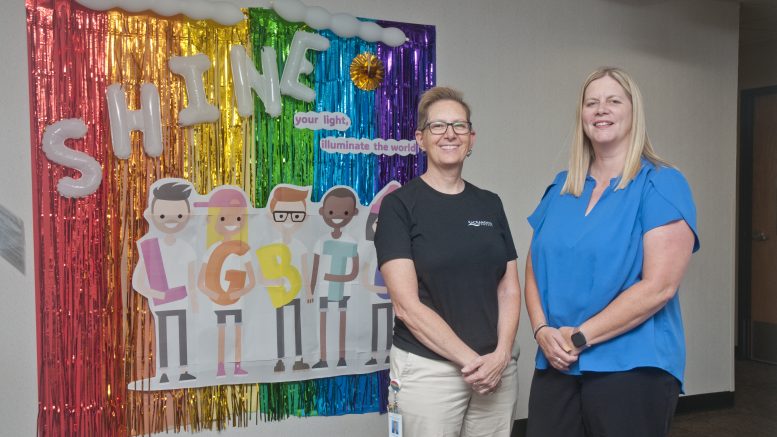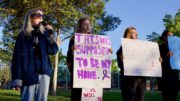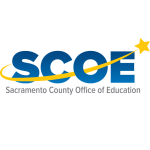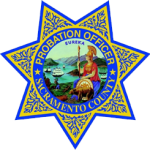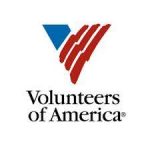Sacramento DCFAS is working to provide affirming homes for LGBTQ+ foster youth
by Anne Stokes
Despite representing less than 10% of the general population, LGBTQ+ youth make up a third of children in foster care and—even more shocking—half of homeless youth. They also face greater risks of violence, substance abuse, institutionalization and suicide. Despite those risks, California is one of only 13 states that expressly protect foster youth against discrimination based on sexual orientation and gender identity. In Sacramento County, the Department of Child, Family and Adult Services (DCFAS) is making proactive and systemic changes to ensure LGBTQ+ foster youth get the support they need to thrive.
“A lot of times they’re invisible and if you don’t see them, you can’t serve them,” says Karen Parker, Division Manager with CPS Emergency Response and Informal Supervision programs. “We can literally prevent kids from running away, from getting involved in drugs and alcohol, from being trafficked, from being homeless and ultimately suicide if we can identify them and get them into the right supportive services.”
DCFAS’ ongoing efforts, which include training opportunities for social workers and resource families, tap the expertise of community partners including the Sacramento LGBT Community Center, Gender Health Center and American River College’s Foster and Kinship Care Education programs. Additionally, LGBTQ resource specialists are available to work directly with youth or provide resources to other staff working with youth and resource families.
“We have to really understand every youth and how they identify.”
Karen Parker, Division manager, CPS Emergency Response and Informal Supervision Program
“A lot of our families just don’t have a lot of information about this topic, so our job is to provide them a lot of information,” says Cathi Johnson, Division Manager with DFCAS. “Sometimes they just don’t know where to turn or what tools they need or what resources they need, and we would like to be able to have those things available for them so they can feel like they can be successful in supporting a youth.”
According to Parker, DCFAS is in the process of reviewing and updating policies to ensure that social workers interact and engage with youth as compassionately and effectively as possible. Understandably, traumatized foster youth may not feel safe or comfortable sharing this information as they become part of a large system, and talking with social workers about their sexual orientation or gender identity is something that can take time for a youth to feel comfortable sharing.
“The approach is … don’t look for the needle in the haystack, talk to every kid about their sexual orientation or their gender identity,” Parker says. “We have to really understand every youth and how they identify, so that’s a process with our social workers.”
Above all else, the most important support for LGBTQ+ foster youth is a safe home. Although there are basic requirements and an assessment process to go through, DCFAS is looking for many different types of resource families for many different foster youth.
“We want families to be able to nurture and support kids through their teenage years into healthy adulthood and to be prepared for what may come and be able to support them,” says Johnson. “Some [resource parents] that have some background [issues], have been awesome with kids because they have had trauma, they’ve experienced things and they’ve come out the other side and are able to mentor kids.
“Kids respect that if you’ve got lived experience or you can relate to [them],” she says. “That’s why it’s so helpful if we do have providers who identify and have some experience and can say, ‘I’m with you, I’m part of this population. Let’s talk.’”
For more information about resources and programs offered by the Sacramento County Department of Child, Family and Adult Services—including information about becoming a Resource Family for local foster children—visit https://dcfas.saccounty.gov.

